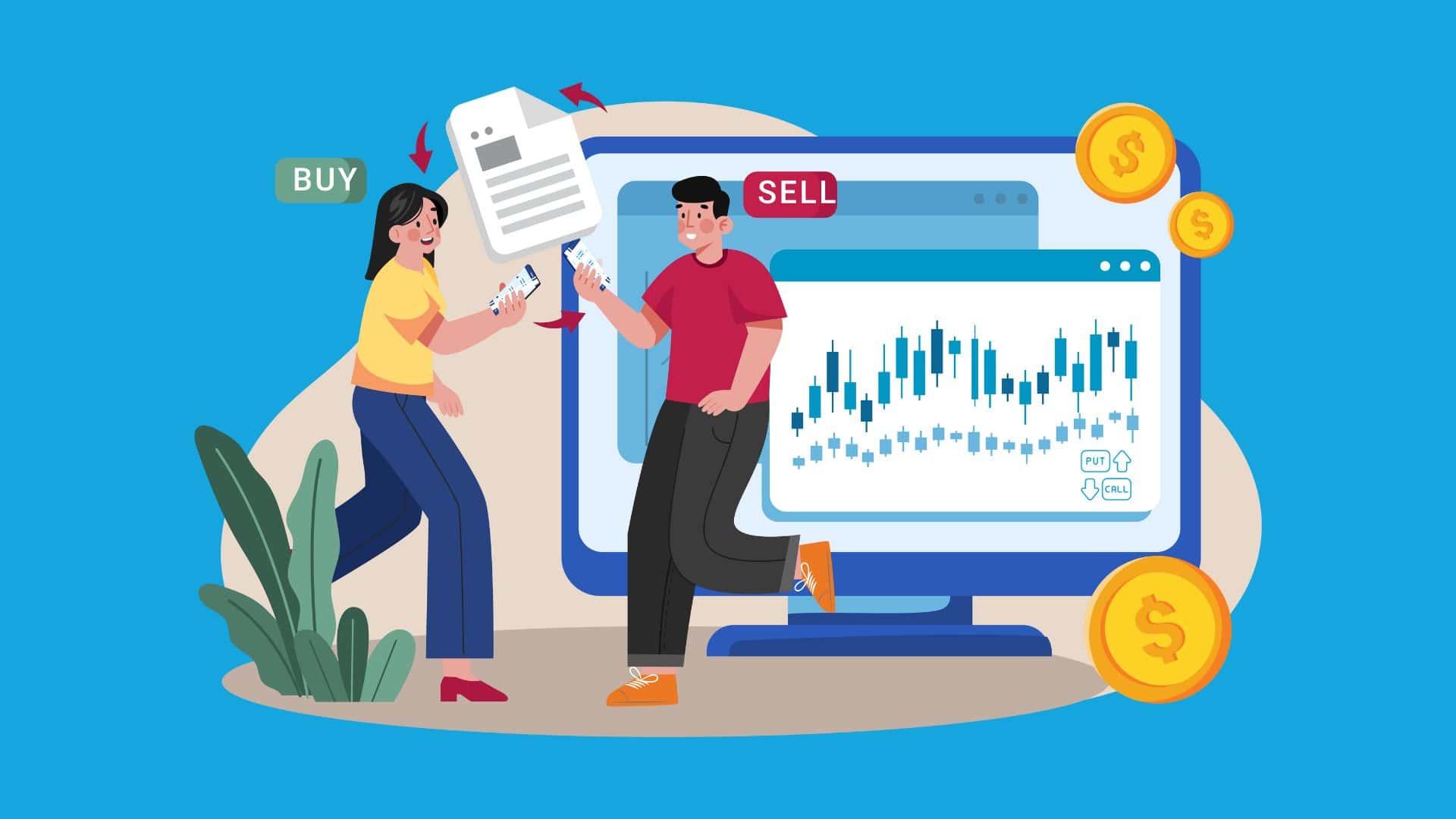
We teach you how to use options income strategies, notably covered calls and covered puts, as part of your trading repertoire. These strategies are useful for retail traders with options experience, and also tested on the FINRA SIE and FINRA Series 4, Series 7, and Series 9; plus the NASAA Series 65 and Series 66 exams.
If you’re looking for a comprehensive course to pass your FINRA or NASAA exam the first time, try Achievable’s FINRA and NASAA courses. We offer courses with industry leading pass rates for the FINRA SIE, Series 6, Series 7, Series 63, Series 65, and Series 66 exams. Try our free Series 7 exam practice questions to get a sense for our approach.
0.0s Let's talk a little bit about what an option, based income strategy is now. If we think about the term income, I would think and cummings were increasing, our return, specifically, from the sale of an option selling option. What the premium increases, the amount of income. We make overall, keep in mind. There's only one way to make money on a premium of adoption, and that's the sell it. And that's something you'll see when we look at both income strategies here in both, scenarios were selling an option technically against a stock position. The first two specific income strategy will talk about is long, stock short, call together as one strategy, which we also referred to, as a covered call similar to hedging strategies we will think about the stock being our primary focus with income strategies as well. I'm bullish, when I'm long stock on what the marker price, the rise and the higher, the market price, 59.9s What's the better if I buy stock at 60? Mi wanted to go up to 100 to 1 to 300 so forth. And I don't want the market to go down. If I buy stock at 60 worst case scenario, Marketplace goes all the way down to zero and I lose my entire investment. So let's keep that in mind. As we now shift over to the short call Kishore, call is an option that gives the investor the obligation to sell 100 shares of stock at this fixed, right price. So if we get exercise, not Shore call, we're going to be forced to sell the stock That We Own It. Whatever the strike price is, there's a pro and a con here to be aware of the pro to selling the call. Is that money in our pocket? 106.2s Sell the call immediately make a premium immediately increase your return just by doing so. 112.8s Otakon. The drawback of this strategy is if we get exercised, we're going to have to sell our stock and we won't have much to say. So for example, if I buy stock at 60 and let's say that the highest price, I think the stock will go to in the next nine months will be 65. So I go short, a 65 call. What is this mean? 136.9s For we think about that. Let's reset on call W, put down call up. If the market price rises above the strike, price of a call, call up the call will be exercised. So it tells us here at the market. Price goes above 65 before Stu seller stock and that'll be the end of the story and that's the drawback to assure call. 161.5s If the market price for the rice, a to 100, it doesn't really matter what happens above 65. As soon as the market price, goes up 65 for technically, in exercise territory where we can assume that. Whoever owns the call that we sold it to, they're probably going to exercise soon. If the market price were to rise to a hundred, it's just a matter of time that exercise is coming and that could be a problem. Think about the problem there. 188.6s if we buy stock at 60 and get forced to sell their stock at 65, 194.6s we're making money, right? That's a profit, that's $5 per share to be make on just buying at 60 and selling 65 plus. Whatever. The premium of the option is that money in our pocket, 209.0s The drawback here is opportunity cost. 213.1s if we hadn't sold the call at the market price Rises to 100, 218.5s That's a ton of money. We can make on the stock position by the stock at 60, sell the stock of 100. So, huge game there. And that's the risk of an income strategy. Is it. The market goes in the direction that your stock position is hoping. For, in this case up, we can lose out on upside potential just by virtue of our option being exercised, the market price for the fall. Let's save a significant lead down to zero, the short calls out, the money member pull up calls, only get exercise than the market price. Rises price Falls. Call will expire. But at least we keep the premium that called will not act as protection for us. It only gets exercised at the market price Rises the last thing, the name covered call. 267.8s We call it a covered call because the risk of the shore call is covered just by us owning the stock if you know, your single life strategies, really well. You understand how risky is Shore call position? Can't be if I sure call is all by itself, that's a short 65 call. Is there with no protection or it's not covered by anyting? If the market price were to rise to a thousand, 293.4s Get exercised, you'd have to go to the market, buy stock in 1007 stock at the strike price, be in 65. 301.9s That be a big problem. 304.2s But by virtue of owning the stock don't have to worry about that. The longstock protects the risk of the short call position but keep in mind the term cover call. Does that mean you can't lose money? And no, you can actually lose a significant amount of money to get the market price for the fall all the way down to zero. You lose all the money in the stock position that you keep the premium which probably from some small, keep a premium in the short-haul 331.4s but still can lose significant amount of money in the long stock position. The other type of income strategy is our short stock short. Put when we combine those together, that is what we refer to as a covered. But we will, again, think about things primarily through the stock position. So, short Stock Show, talk means I've borrowed stock for my broker, dealer sold that stock immediately hope the market price Falls so that I can buy back the lower price. 359.2s But say we sell short at 40 market price Falls all the way down to zero able to buy back stock for nothing. Get those chairs back to a broker-dealer great. But remember there's a huge potential problem with a short stock position, the market price for the rise significantly goes up to 500 600. Seven hundred the higher, the market price goes, the more expensive, it is to buy, I got that stock. So short stock technically has an unlimited risk potential, once we pair our shortstop position with a short put can we have a covered? But the short plate gives the obligation to buy stock at the fix strike price at least until that option expires. What's a in our example, here that the furthest we think the stock price will fall in the next, let's say eight to nine months is 30 so we go short of thirty, put with our shortstop position. Call what put down? Put down, that means that that put will only be exercised in the marketplace Falls below this. 419.1s Price. It's important to know that because we need to know when the option might work against us. A course, by selling the option. That's going to put that premium right in the investors pocket. So they'll make money just from that. Let's not think about things, big picture. If the market price for the fall, that's a significantly. All the way down to zero. What's the market price Falls below 30 that shortcut goes in the money put down and will force the investor to buy that, that stock at 30. So, if the market price for the fall, 2012 semester be super happy about that. 454.1s Probably not. 456.7s Because they know as soon as the market price Falls below 30. That's the best-case scenario. As long as I have this option here in place rescues near as I buy back to stock at 30 at least until the option expires. And then yeah, if it were expired, that maybe I'd hoped the market continues to fall. But again, in this example, market price going down to zero, the best would love to buy back their stock at nothing, but the surefoot will force in the buy back the stock at 30 is a marketplace where to rise instead remember our shortstop position is not too fond of that happening because ain't the higher the market price goes, the more expensive. It is for us to buy back the stock and this case hear the higher the market price goes the worse. It gets even with the short. Put remember, put down that put only gets exercise if the market price for the fall. 504.5s So when the market price Rises, spent that puts going to expire, do we do keep the premium if the market price Rises, but the point is that the investor still has a limited risk potential with their short stock should put income strategy. 519.6s Now, some of you might be looking at the main covered. Put covered doesn't covered mean. No risk or lack of risk? Yes. And no, a covered Point means that the risk of a short punt, which is the risk of the market is falling significantly. The risk of a short put is covered by virtue of owning a shortstop position. Shrimplets, as individual stand-alone strategies lose money, when the market price Falls, 551.7s For the market price goes the more you lose if you're just short of put with the short stock position, you have something together with that short, but that will actually make money as a market price Falls. 563.9s So that's why we called a covered. Put the risk of the short, put is covered by the shortstop position, but it doesn't go. The other way. The short stock does not have any protection other than the premium that the shot put collects. 579.3s The bottom line be careful with that terminology covered. Put covered puts are still subject to unlimited respite Central not because of the risk of the put, but because of the risk of the shortstop position. So overall, how do we summarize income strategies? Well, if you want to figure out the market sentiment for an income strategy, they're flat neutral investors typically take part in income strategies when they think the Market's not going anywhere for a short. Of time. If I don't think the Market's going anywhere in the next. Let's say several months. Why not make a bet on that I could sell a call. It's a long stock position or selaput against the shortstop position in the market. Price. Does stay relatively stable or fly? The option will just expire 624.1s And yeah, I didn't make her lose any money on my stock position, but I made a premium on the option that I sold. But keep in mind that these are not hedging strategies losses can be significant and even unlimited depending on what strategy you're looking at.

We teach you how to use hedging strategies in your options trading to limit your risk. This is both useful for retail traders and a key options topic tested on FINRA and NASAA exams.

We teach you how to use hedging strategies in your options trading to limit your risk. This is both useful for retail traders and a key options topic tested on FINRA and NASAA exams.

Unsexy but mighty, bonds represented $39T in net value WW in 2015, while stocks were worth approximately $26T. Basic Wisdom’s Brandon Rith walks you through how they’re handled in the wealth management profession.